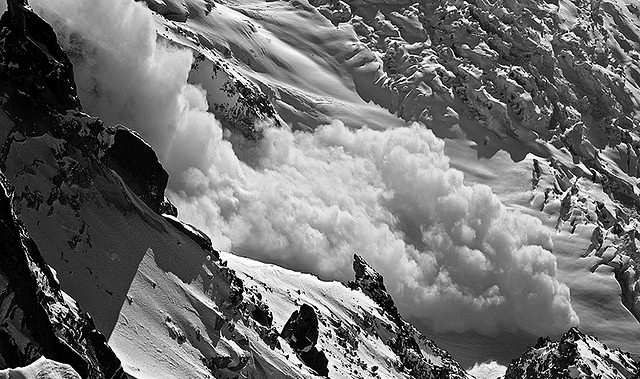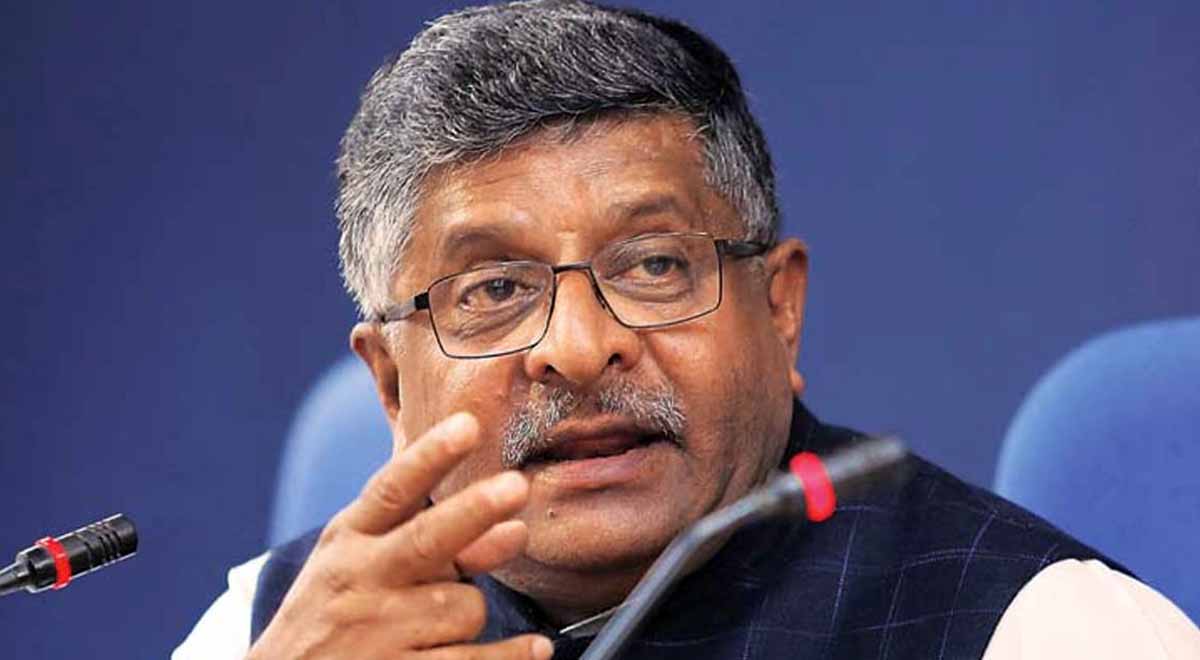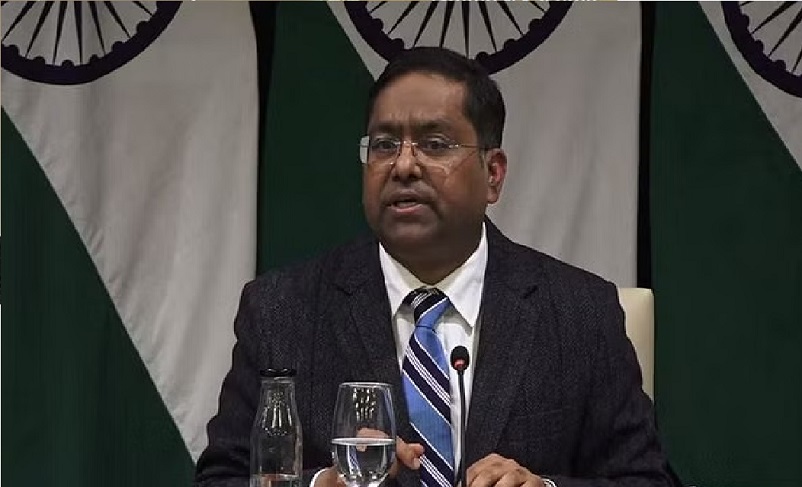New Delhi, Jul 2: Six Himalayan glaciers monitored by the National Centre for Polar and Ocean Research (NCPOR) have been retreating in the range of 13 to 33 millimetres per year, the government said on Tuesday.
The NCPOR under the Ministry of Earth Sciences (MoES) has undertaken studies in the Western Himalaya in Chandra basin in Lahaul-Spiti (Himachal Pradesh) since 2013, Harsh Vardhan, Minister for Earth Sciences, said in a written response to a question in the Rajya Sabha.
A total of six glaciers — Sutri Dhaka, Batal, Bara Shigri, Samudra Tapu, Gepang Gath and Kunzum — are monitored for mass, energy and hydrological balance, he said.
The NCPOR has established a high altitude research station named ‘Himansh’ in Himalaya at 4,000 metres altitude at Sutri Dhaka, a remote location in Lahaul-Spiti district of Himachal Pradesh.
“The studies carried out by NCPOR in Chandra basin indicates varying rates of retreat of these glaciers in the range 13 to 33 mm per year. The rate of melting varies from glacier to glacier depending on topography and climatic variability of the region,” he said.
Mass balance measurements at Batal and Sutri Dhaka glaciers during peak ablation revealed the role of debris in influencing the ice mass losses.
Debris of thickness above two centimetres have reduced the melting rates up to 70 per cent, whereas the debris cover of below two centimetres thickness has accelerated melting up to 10 per cent of the total melting.
Since the glacier health is affected by both natural and human factors, efforts towards reduction in greenhouse gases, aerosols, etc. are critical towards conservation of the glaciers in Himalaya, he said.
Six scientists from NCPOR are involved in the research of Himalayan glaciers.
The NCPOR has also been doing research in the Arctic region and the Antarctica continent.








